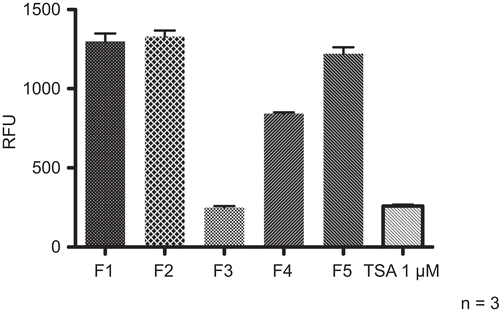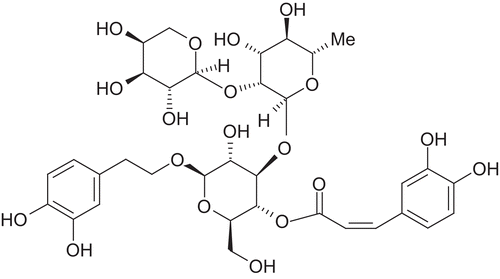Figures & data
Figure 1. Schematic overview over the assay reactions (CitationWegener et al., 2003). In step I the enzyme was incubated with the acetylated substrate and in step II by subsequent addition of an activator solution which contains endopeptidase and TSA the enzymatic reaction was stopped and the fluorophore was released.
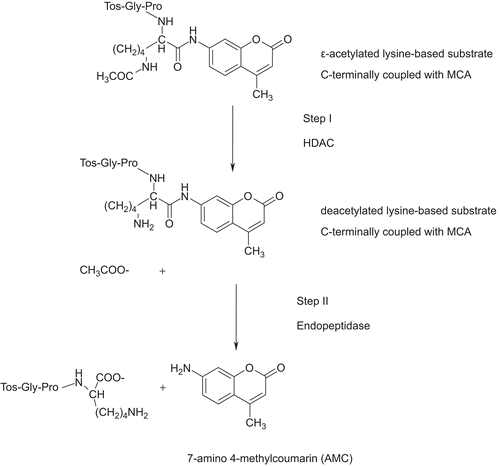
Figure 2. Specific activity of nuclear extracts from VSMCs, HeLa cells and HUVECs used as HDAC sources. Nuclear extracts from the three cell types were prepared and subjected to the HDAC assay. Specific activity was determined after protein determination according to CitationBradford (1976) and the assumption that 1U HDAC activity equals deacetylation of 1 µmol substrate per min at 25°C. Three independent experiments were performed for each nuclear extract.
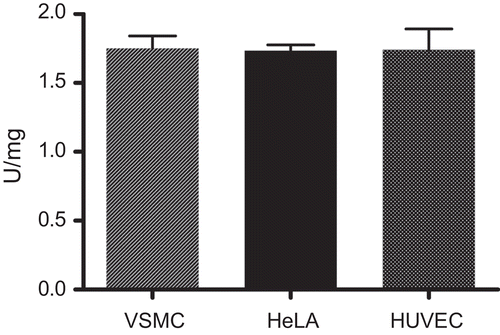
Figure 3. Inhibitory activity of TSA at concentrations between 0.2 and 2.5 µM. Different concentrations of TSA were subjected to the HDAC assay with HeLa nuclear extracts at 25°C in three independent experiments. Their inhibitory potential was determined by monitoring the flourescence released during the assay (RFU, relative fluorescence units). The IC50 value was determined by fitting a sigmoidal dose response curve and was 440 nM.
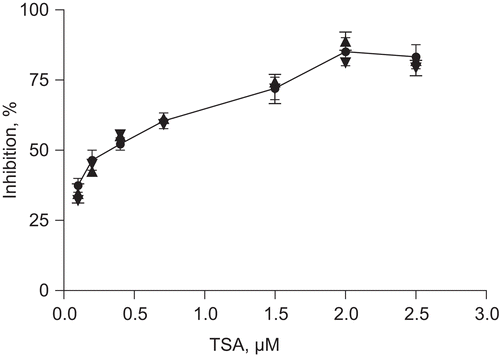
Figure 4. Monitoring different incubation times for step I and step II. The HDAC assay was performed in three independent experiments, each, with HeLa nuclear extracts at 25°C varying the incubation times for step I (enzyme + substrate) and step II (+ activator solution). The total amount of released fluorescence (RFU), a measure for the enzymatic conversion of the substrate during the assay time, was monitored.
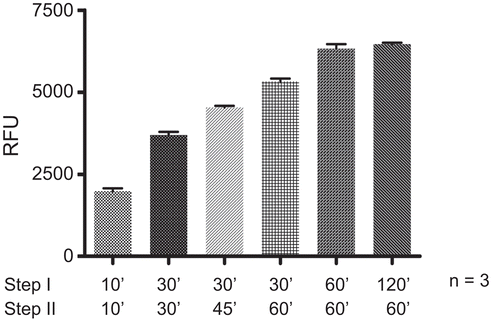
Figure 5. Intra-day reproducibility. HDAC assays (HeLa extract, 25°C, 60 min for step 1 and 2) were performed in triplicate at three time points within one day (10, 12 am and 4 pm). TSA (1 μM) was included as positive inhibitory control.

Figure 6. Inter-day reproducibility. HDAC assays (HeLa extract, 25°C, 60 min for step 1 and 2) were performed in triplicate on three subsequent days. TSA (1 μM) was included as positive inhibitory control.

Figure 7. Modulation of HDAC activity by different extracts from Leonuri herba. Extracts from Lc were subjected to the HDAC assay at a concentration of 10 mg/ml. TSA (1 µM) was included as positive control. Compiled results from three experiments are depicted.
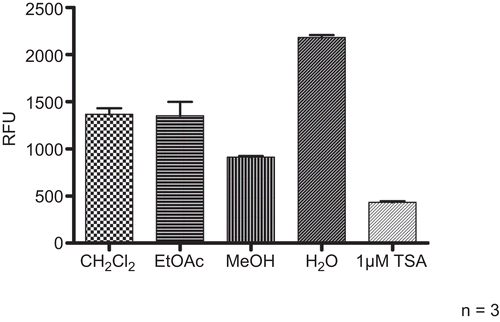
Figure 8. Modulation of HDAC activity by SPE fractions. Fractions were tested at 1 mg/ml in the HDAC assay. TSA (1 µM) served as positive control. Results from thee experiments are compiled and depicted.
